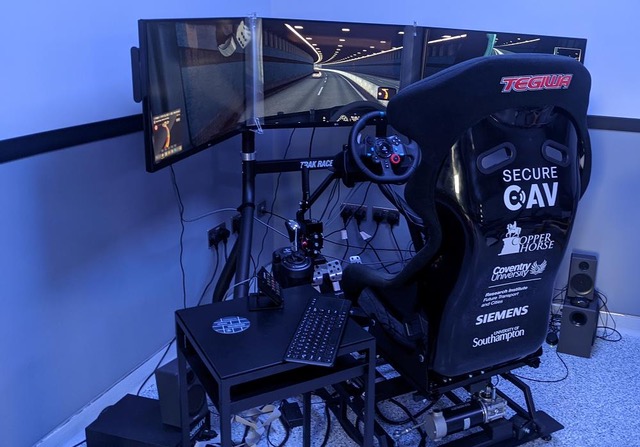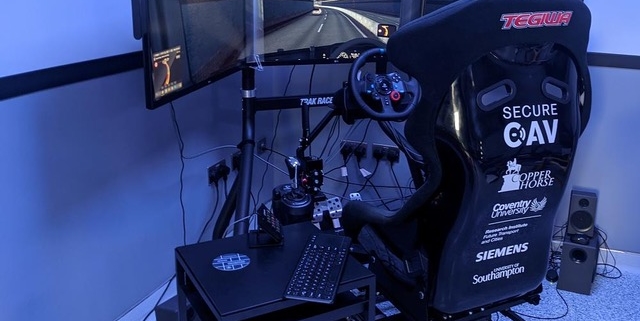Securing Connected And Autonomous Vehicles
Vehicles are on track to become highly sophisticated Internet of Things (IoT) devices. With the added functionality that connects vehicles to other vehicles, the infrastructure, and even pedestrians, the opportunity for hacking expands. Challenges like complexity and the burden of legacy systems further complicate the situation. The future of connected and autonomous vehicles (CAV) demands levels of safety and security that are currently unobtainable.
Fortunately, some of the brightest minds are working on solutions. One example is the Innovate UK-sponsored Secure-CAV consortium, which is developing hardware-based security technology that will propel the automotive industry forward. Hardware-based security can tackle the threats of today and the near future and create a strong cybersecurity posture for the as-yet unknown threats.
Secure-CAV consortium is made up of four main players:
- Siemens Digital Industries Software, which developed intellectual property (IP) and anomaly detection software that monitors and collects data from automotive devices in real time. This is the Tessent Embedded Analytics group of products.
- Copper Horse, which provides security expertise covering the real-world threat environment and hacking equipment in cars, provided standards and threat modelling theory expertise and oversight of third-party security testing along with a ‘whitebox’ security code review.
- Coventry University, which provided academic car network expertise.
- The University of Southampton, which provided artificial intelligence (AI) and machine learning (ML) algorithmic expertise as well as analyzing real-world data collected from vehicles.
Together they created an interactive car hacking demonstration rig (figure 1) that shows the impact of security attacks on real automotive hardware and how the combined hardware/software solution implemented as part of the project can mitigate these attacks.

Fig. 1: The Secure-CAV demonstration rig.
The challenges of legacy systems
The main drivers for in-car network innovation for CAVs are speed and bandwidth – the ability to push high volumes of video and data for analysis. The addition of Ethernet technology alongside Controller Area…


